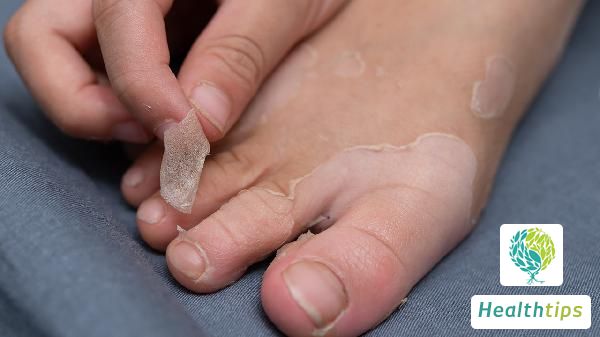What Kind of Baby Formula Is Easy to Digest for Infants?
After weaning, babies generally need to consume infant formula. Choosing an appropriate formula is crucial, especially when the child's gastrointestinal function is not fully developed. The formula should be easily absorbed to meet the nutritional needs of the child. However, there are various types of infant formula, making it challenging for many parents to make an informed choice. So, what kind of formula is good for babies to absorb? Let's explore this below.

What Kind of Formula Is Good for Babies to Absorb?
1. Focus on Advertisements or Actual Quality
Advertisements do not equal quality, but many parents are easily influenced by them. In the midst of aggressive advertising for baby formula, parents should remain vigilant and consider the professionalism, credibility, and strength of the formula producer.
2. Consider Brand or Origin
Many parents of babies who consume imported brand formulas are aware that these brands have multiple versions sold in different regions. However, parents should note that different origins can result in significant differences in raw materials, manufacturing processes, and production standards.
3. Does the Baby Like This Formula?
The baby is the ultimate user of the formula, and their preference matters. If the baby is unwilling to consume a particular formula or experiences adverse reactions after consumption, it indicates that the formula is not suitable for them.
Tips for Choosing Infant Formula
Firstly, test the feel. Rub the formula packaging bag back and forth with your fingers. Real formula has a fine texture and produces a "squeaking" sound. Fake formula, due to the addition of sugar or glucose, has a coarser texture and produces a "rustling" sound.
Secondly, observe the color. Real formula has a natural creamy yellow hue. Fake formula tends to be whiter, with visible crystals and a glossy appearance. Some fake formulas may appear bleached or have other unnatural colors.
Thirdly, smell the aroma. When opened, real formula has a rich, characteristic milky aroma. Fake formula has a weak or nonexistent milky aroma.
Fourthly, taste the formula. Real formula has a fine, sticky texture that easily adheres to teeth, the tongue, and the roof of the mouth. It dissolves quickly and does not have a sugary sweetness, unless sugar is added. Fake formula dissolves quickly in the mouth, does not stick to teeth, and tastes sweet.
Lastly, observe the dissolution speed. When real formula is placed in a cup and mixed with cold water, it needs to be stirred to dissolve into a milky, cloudy liquid. Fake formula may dissolve automatically or settle even without stirring. When mixed with hot water, real formula forms a suspension that floats to the top and sticks to the spoon when stirred. Fake formula dissolves quickly.
Therefore, many "instant" formulas contain additives, and pure, truly instant formulas do not exist.



















